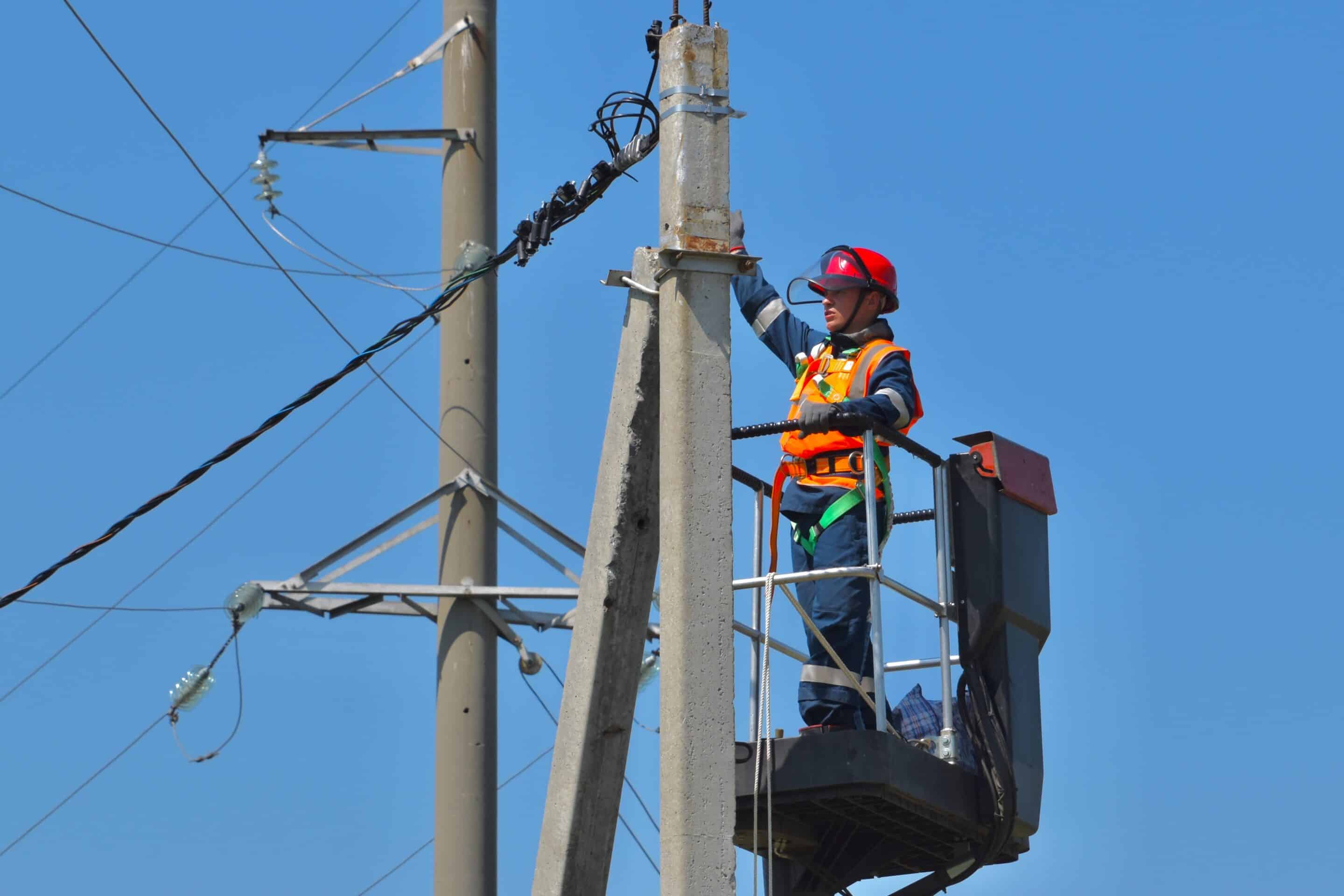Our nation’s critical infrastructure is complex and interconnected, which means a single threat at one end can cascade, leading to multiple failures. Critical infrastructure security has always been crucial, but today the stakes are higher than ever.
Power stations and the electric grid are a prime example of how vital good security is: they connect and power countless other critical industries, from communication infrastructure to food supply, transportation, and more. Anything that disrupts the supply of power will harm multiple sectors downstream, so securing it is paramount.
Critical infrastructure needs have changed drastically
Critical infrastructure security is not as straightforward as it once was, when physical security was the only real concern. Chainlink fences and a few cameras don’t cut it anymore. With so much of today’s critical infrastructure connected at the digital level, the risk of cyberattacks, or digital threats that manifest physical problems, is sky high.
Protecting critical infrastructure now means integrating your physical and digital security monitoring to protect assets from threats that materialize from anywhere at any time, be it a physical breach or a sophisticated cyberattack.
The traditional approach is no longer sufficient
To achieve the highest level of protection, both cybersecurity and physical security teams must function as a unified whole. After all, physical threats will often manifest as digital threats (a natural disaster can impact physical servers where data is stored), and digital threats can become physical threats (a cyberattack can knock out large portions of the electric grid).
Today, sensors can monitor a range of human actions, physical and digital assets, and more. But if your critical infrastructure organization still relies on multiple dashboards and screens, you can miss crucial connections or emerging threats. With integrated security software, you get an overview of everything–all from a single dashboard.
Authority to Operate is essential
Does your critical infrastructure organization work with the government in any capacity? No matter which integrated security solution you choose, it should have Authority to Operate (ATO) on U.S. government networks.
SIS offers integrated security monitoring solutions for critical infrastructure organizations and the government, and has received and maintains ATO status. SIS Alarm Center software supports multiple federal and military agencies, including the U.S. Departments of Defense, Homeland Security, Justice and State. If your system can’t match this, it’s time to find a more secure platform.
Multiple surveillance methods are crucial
There are a variety of ways to monitor and track what’s happening at critical infrastructure sites, including:
- Visual surveillance: This involves multiple cameras, granting access to approved individuals, identifying individuals at a particular site, analyzing traffic and congestion in specific areas, and more. It’s primarily focused on the security of a site’s physical integrity.
- Biometric technology: Identify people based on their physical characteristics and behaviors, using facial and fingerprint recognition, iris scanning, gait or voice analysis, keystroke analysis, and even a computer mouse’s movements.
- Location tracking technology: This senses proximity, or how close someone is to a particular object, and keeps you apprised of who is moving through high-security areas (and can deny access to unauthorized personnel).
- Data surveillance and analysis: Detect cybersecurity threats by flagging suspicious activity, detecting intrusions, inspecting systems, and defending against malware, spyware, and more. This type of surveillance and analysis can detect patterns and make predictions about what should happen next, as well as alert you to anomalies.
- Physical sensors: Detect and gather information about a facility’s operating conditions, from internal and external temperatures to potential chemical leaks, electrical outages, and other possible risks.
Determine the security you need
The complexity of a critical infrastructure organization will determine the type and variety of surveillance methods that are used. However, your most important guiding principle should be ensuring that these technologies work together, and not as separate entities. A truly integrated security solution makes that possible, bringing together both emerging technologies and legacy systems.
For more information on how an integrated security solution can help your critical infrastructure organization, we invite you to try Alarm Center by SIS, which is designed to help you protect critical operations in real-time.
SIS is a trusted software vendor for the U.S. government, boasting over 30 years’ of experience with government standards and procedures. Today, our Alarm Center software is trusted by organizations ranging from the Department of Defense to NATO, as well as numerous governmental and government-adjacent organizations around the world.



